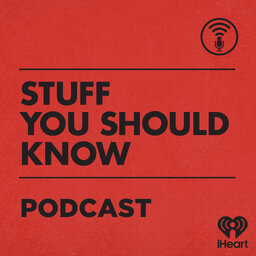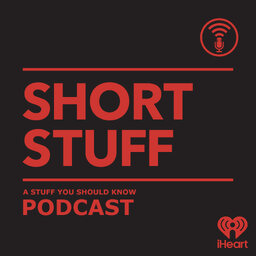How Stamp Collecting Works
Over the last two centuries philatelists – stamp collectors – have learned just about everything there is to know about every stamp ever printed. You won’t by the end of this episode, but you might be interested enough to start yourself.
Learn more about your ad-choices at https://www.iheartpodcastnetwork.com
 Stuff You Should Know
Stuff You Should Know


